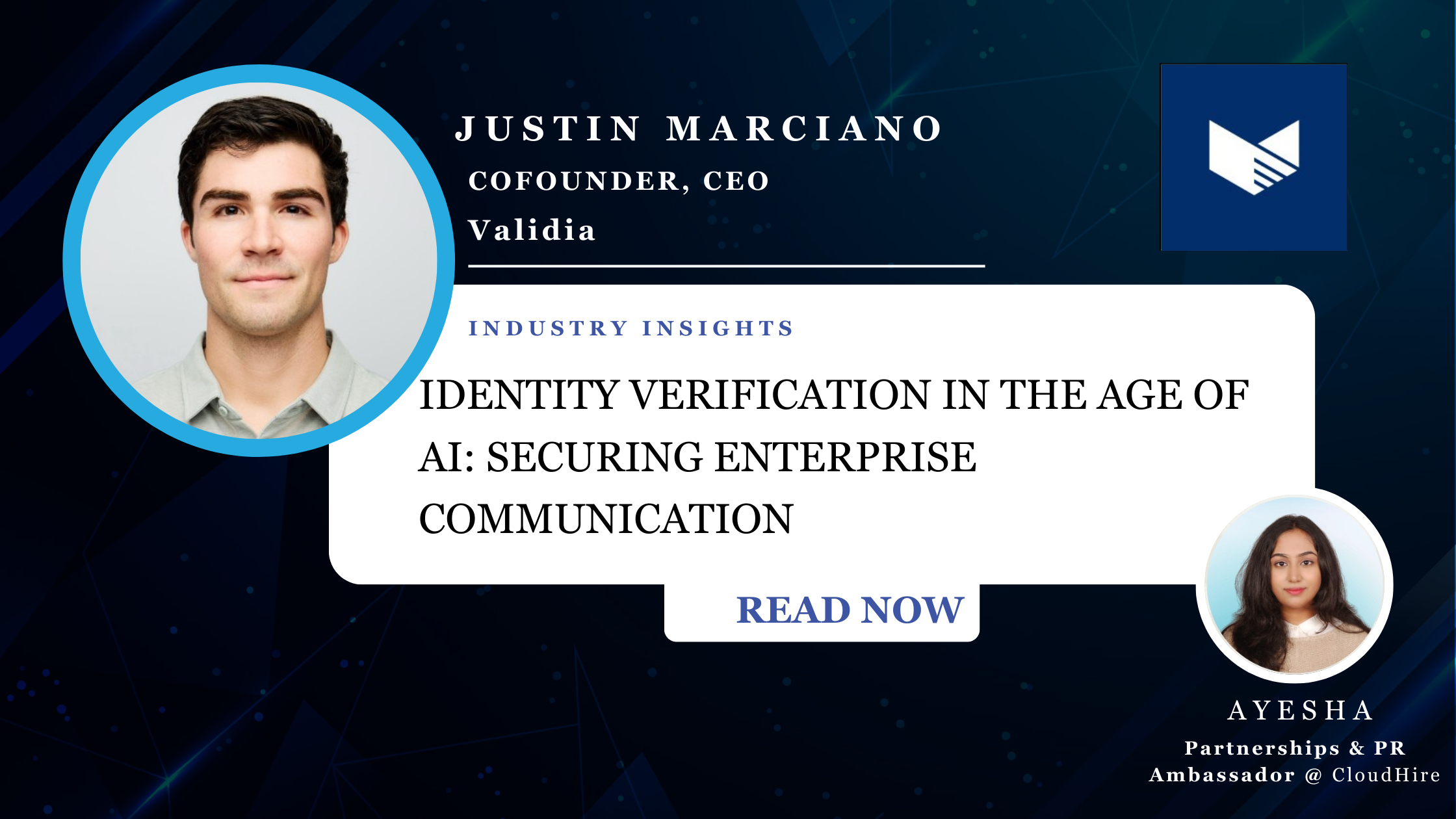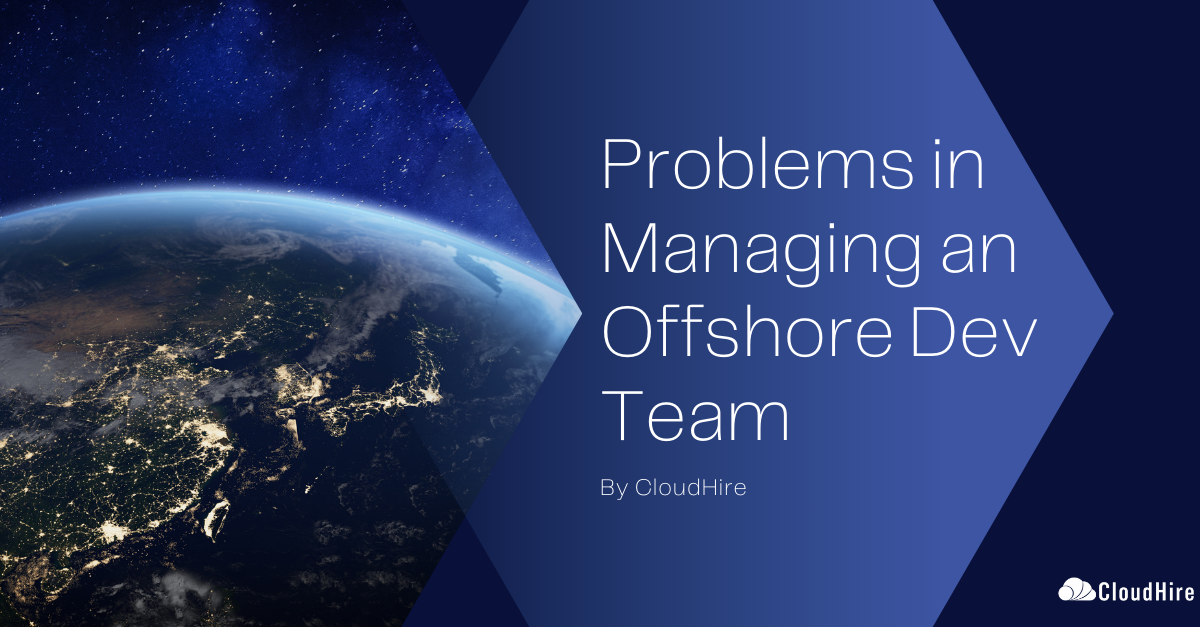Introduction: The Evolving Landscape of Digital Identity
In 2024, deepfakes have emerged as the second most common cybersecurity incident facing businesses, with losses projected to reach $40B by 2027. This threat was starkly illustrated in early 2024 when two Hong Kong-based companies lost a combined $26 million to sophisticated deepfake scams. In both cases, employees were deceived by AI-generated versions of executives in video calls, leading to unauthorized transfers of millions of dollars.
As businesses increasingly operate in digital spaces, traditional methods of identity authentication – from passwords to two-factor authentication – are proving inadequate against these emerging threats. The challenge is particularly acute in the context of remote work, where 80% of company leaders now identify AI threat actors as a significant insider threat.
The global shift towards remote work, accelerated by recent world events, has expanded the attack surface for potential identity-based threats. With employees accessing corporate resources from various locations and devices, the traditional security perimeter has essentially dissolved. This new reality demands a fundamental rethinking of how organizations approach identity verification and access control.
The stakes are high. A single instance of compromised identity can lead to data breaches, financial fraud, or theft of intellectual property, potentially resulting in significant financial losses and reputational damage. According to recent industry reports, identity-related breaches are among the most costly and prevalent forms of cybersecurity incidents facing organizations today.
In response to these challenges, a new generation of identity verification solutions is emerging. These technologies aim to provide continuous, frictionless authentication that goes beyond point-in-time checks to offer persistent assurance of user identity. By leveraging advanced biometrics, behavioral analysis, and AI-driven risk assessment, these solutions promise to enhance security without sacrificing user experience or productivity.
As we delve deeper into this topic, we’ll explore how one innovative company, Validia, is addressing these challenges head-on with a unique approach to identity verification in enterprise environments.
The Fundamental Problem with AI Detection
Traditional approaches to combating deepfakes rely heavily on AI detection models, creating what security experts call the “Red Queen Paradox” – defenders must continually evolve just to maintain parity with attackers. This approach faces three critical limitations:
- Computational Limitations: As demonstrated by the Halting Problem in computer science, it’s theoretically impossible to create an algorithm that can universally detect all possible deepfakes.
- Resource Asymmetry: Offensive AI can rapidly prototype and deploy new strategies, while defensive AI requires extensive testing and validation before deployment, creating an inherent advantage for attackers.
- Data Dependencies: Detection models require constant retraining with new data to remain effective, making them expensive to maintain and potentially unreliable against novel attacks.
Validia’s Innovative Approach to Identity Verification
In the face of these evolving challenges, Validia, a San Francisco-based company co-founded by Justin Marciano, has developed a groundbreaking solution to address the critical issue of real-time identity verification in enterprise settings.
Validia’s approach is rooted in the understanding that traditional methods of identity verification are no longer sufficient in a world where synthetic media can be created with alarming realism. Justin, the CEO of Validia, emphasizes that using your eyes and ears is insufficient to determine what is real and what is fake on the Internet broadly. This realization has driven the company to develop a more robust and continuous method of authentication.
At its core, Validia’s solution is an identity-centric platform that performs real-time authentication across various communication channels used by enterprises. Unlike many existing solutions that rely heavily on machine learning models and advanced AI technology, Validia has taken a different path, addressing several key limitations of current approaches.
The Limitations of Current Solutions
- Privacy Concerns: Many companies are uncomfortable with their meeting data being used to train AI models, especially when discussing sensitive information. Validia’s solution doesn’t require the storage or training on sensitive meeting data.
- Sustainability Issues: AI models typically require continuous training with new data to remain effective, which can be costly and time-consuming. Validia’s approach reduces this need for constant retraining.
- The Defender’s Paradox: In cybersecurity, attackers only need to be right once to succeed, while defenders must be right every time to prevent breaches. Validia’s continuous authentication model helps address this imbalance.
Instead of relying on complex AI models, Validia’s system integrates directly with a company’s existing HR platforms and Applicant Tracking Systems (ATS) to create irreversible biometric embeddings. These integrations allow the system to access verified employee data, creating a trusted baseline for identity authentication.
How Validia Overcomes Them:
Validia has developed Know Your Employee, a unique solution that addresses these limitations while providing robust identity authentication. Their approach includes:
- Continuous Authentication: The system performs ongoing verification throughout conversations and interactions rather than relying on one-time checks.
- Low-Touch Implementation: The system operates in the background without disrupting workflows or adding friction for employees.
- Zero Trust Architecture: Validia’s approach aligns with the principles of zero trust security, providing persistent identity verification without the need for cumbersome multi-factor authentication processes that can hinder productivity.
- Real-Time Monitoring: The system provides security teams with a dashboard for monitoring authentications across the organization, enabling quick responses to potential security incidents.
Justin explains that this approach allows Validia to provide adherence to zero trust architecture that a lot of companies are trying to adhere to from a cybersecurity perspective. By focusing on continuous, low-friction authentication based on verified organizational data, Validia offers a promising solution to the complex challenge of identity verification in the age of AI.
As we explore further, we’ll delve into the specific applications of this technology in remote hiring and global workforce management, and discuss how it addresses the unique challenges enterprises face in today’s digital landscape.
Applications in Remote Hiring and Global Workforce Management
The rise of remote work and global talent acquisition has created new challenges for HR departments and staffing agencies. Companies like CloudHire, a global remote staffing firm specializing in talent search, Employer of Record (EOR) services, and remote staffing solutions, are at the forefront of this trend.
Validia‘s technology has significant implications for the hiring process. Justin notes that “the ability to authenticate employees virtually is very difficult.” Traditional vetting processes often only confirm a candidate’s identity after they’ve been hired, which can be too late if a bad actor has infiltrated the organization.
By implementing Validia’s solution, companies and staffing agencies can:
- Verify candidate identities during initial interviews
- Reduce the risk of hiring individuals who misrepresent themselves
- Enhance the security of remote onboarding processes
This added layer of security is particularly valuable for firms like CloudHire that connect global talent with organizations worldwide. It allows them to provide additional assurance to their clients that the candidates they present have been thoroughly vetted using cutting-edge technology.
The Future of Identity Verification in Enterprise Security
As AI-powered attacks become more sophisticated, the need for robust identity verification will only grow. Justin predicts that within the next few years, this technology will become necessary for certain roles and industries.
Key areas where identity verification technology is likely to see rapid adoption include:
- C-suite and executive communications
- Financial transactions and approvals
- Access to sensitive intellectual property
- Remote hiring and onboarding processes
- Third-party vendor management
Organizations that proactively implement these solutions will be better positioned to defend against evolving threats and maintain the integrity of their operations in an increasingly digital world.
Conclusion: Balancing Security and User Experience
As recent high-profile cases demonstrate, deepfake attacks are no longer a future threat, they are a present reality causing millions in losses. Organizations face a choice: wait until after an incident occurs or take proactive steps to protect their digital communications and assets.
With upcoming SOC-II certification and flexible deployment options, organizations can implement robust protection while maintaining compliance and operational efficiency.
By leveraging existing organizational data and providing continuous, low-friction authentication, Validia’s identity-centric approach offers a sustainable, privacy-conscious solution that addresses the fundamental limitations of AI-based detection methods. This is particularly crucial for companies embracing remote work and global talent acquisition, as exemplified by firms like CloudHire.
As we move forward, it’s clear that identity verification will play an increasingly central role in enterprise security strategies. Organizations that fail to adapt risk exposing themselves to sophisticated impersonation attacks and data breaches. Those who embrace innovative solutions like Validia’s will be better equipped to thrive in the evolving digital landscape, ensuring the authenticity of their workforce and the security of their most valuable assets.








